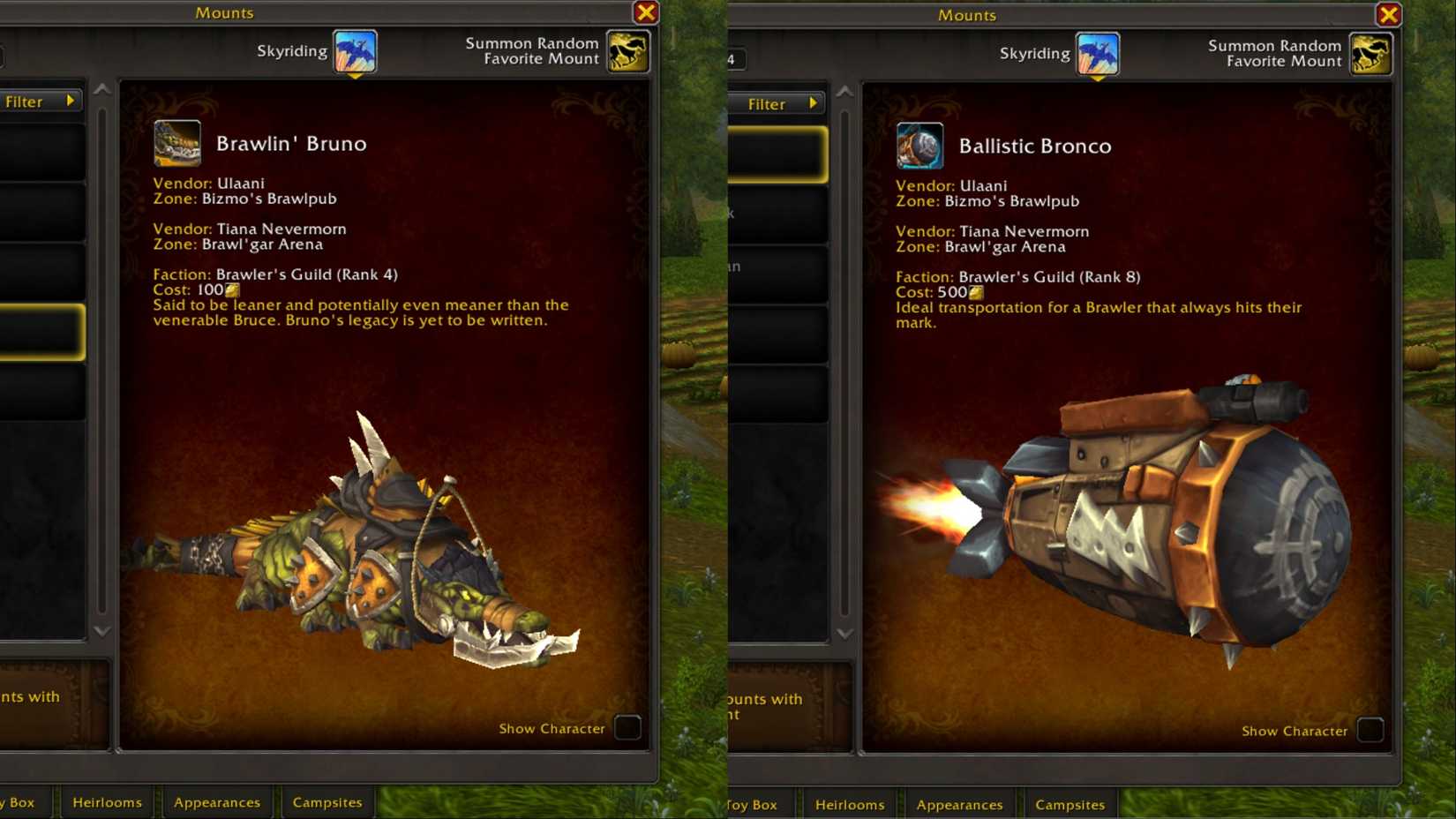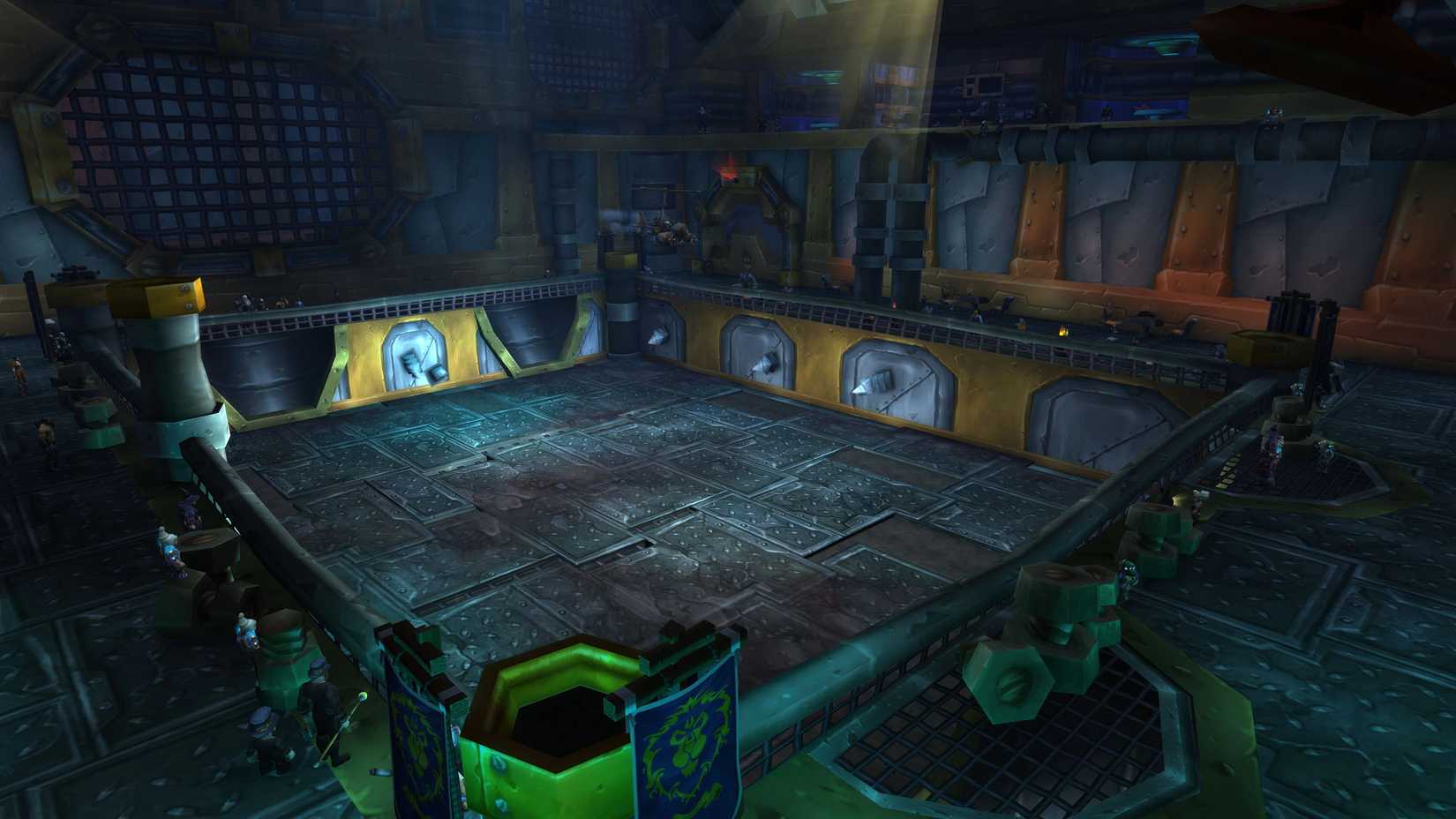Blizzard’s Bold New Direction: Is the Midnight Expansion Killing WeakAuras and DBM?
Popular Now
 The next chapter in the long-running saga of Azeroth, World of Warcraft: Midnight, is poised to bring monumental changes, not just to the narrative and world design, but to the very foundation of how players engage with the game’s combat systems. Recent announcements and alpha testing developments have confirmed that Blizzard is moving to severely restrict, or even outright disable, the functionality of popular WoW Addons, most notably the omnipresent tools, Deadly Boss Mods (DBM) and WeakAuras. This strategic shift has ignited a firestorm of debate across the community, leaving many to wonder if a core element of the MMORPG experience is facing an existential crisis.
The next chapter in the long-running saga of Azeroth, World of Warcraft: Midnight, is poised to bring monumental changes, not just to the narrative and world design, but to the very foundation of how players engage with the game’s combat systems. Recent announcements and alpha testing developments have confirmed that Blizzard is moving to severely restrict, or even outright disable, the functionality of popular WoW Addons, most notably the omnipresent tools, Deadly Boss Mods (DBM) and WeakAuras. This strategic shift has ignited a firestorm of debate across the community, leaving many to wonder if a core element of the MMORPG experience is facing an existential crisis.
The core philosophy driving this change, as articulated by game director Ion Hazzikostas, centers on a desire to remove the perceived necessity of third-party tools to effectively play the game, especially at high-level PvE content like Mythic+ dungeons and Raid Encounters. For years, the development of boss mechanics and the evolution of player-driven combat-alert add-ons have been in a perpetual arms race, creating a scenario where, in Blizzard’s view, success hinges less on player reaction and more on technical setup and computational reminders.
This news is particularly impactful given the status of WeakAuras. Often described as the Swiss Army knife of customization, WeakAuras allows players to create highly personalized, real-time alerts and graphical overlays for everything from tracking a specific class resource to displaying complex boss-mechanic timers. The developers behind WeakAuras recently made the difficult decision to cease development for the Midnight expansion, citing the extreme severity of the new API restrictions. This indicates a profound and unyielding barrier to what was once considered essential combat tracking.
 The Great Addon Purge: Functionality Blocks and Developer Response
The Great Addon Purge: Functionality Blocks and Developer Response
The new restrictions, currently in the Midnight alpha, are specifically targeting the ability of add-ons to access and process real-time combat data in a way that allows for complex, predictive logic. This is the functionality that powers the most critical features of DBM and BigWigs—namely, announcing incoming boss abilities with precision timers. The key changes include:
- Disabling Real-Time Combat Data: Add-ons will no longer be able to reliably access the “black box” of combat events—such as buffs applied, damage taken, or specific enemy actions—to run complex logical computations. This effectively neutralizes the predictive capability of traditional boss mods.
- Gutting WeakAuras’ Core Logic: The restrictions are so extensive that core elements of WeakAuras, like conditional triggers and actions, become impossible to implement for combat-critical information. This goes far beyond just boss mechanics and affects players’ ability to track personal class rotations and procs.
- The In-House Solution: Blizzard has committed to replacing this lost functionality by integrating native, in-game tools. This includes a built-in boss alert system, a Cooldown Manager for personal abilities, and a damage meter. However, early alpha feedback suggests these replacements are currently less comprehensive and less customizable than their third-party predecessors.
“Ultimately, if you are standing in something that is lethal and is going to kill your character, and the only way that you are aware of that fact is because you have an air horn that’s playing from an add-on, we have dropped the ball as developers,” Hazzikostas stated in an interview (Source: IGN). This sentiment perfectly encapsulates Blizzard’s objective: to redesign boss fights so that visual and auditory cues within the base UI are sufficient to handle mechanics, shifting the challenge from managing an add-on-driven information overload to direct gameplay observation and reaction.
Beyond Raiding: The Impact on Accessibility and Quality of Life
While the focus has largely been on high-end endgame PvE, the changes carry significant implications for other aspects of the game and a large segment of the player base. Many players, particularly those with visual processing issues or hearing impairments, have relied on the deep customization of WeakAuras to make the game accessible. Custom Auras provided clear, distinct visual or sound alerts that were far superior to the default, cluttered UI for many individuals.
The developers’ initial “sledgehammer approach” to these restrictions also impacted many quality-of-life (QoL) WeakAuras that had nothing to do with boss mechanics, such as inventory trackers or simple reminders. Although Blizzard has signaled a willingness to roll back some of the most egregious restrictions based on alpha feedback, the path forward remains uncertain for the players who depend on these tools for a functional and enjoyable experience.
The removal of complex rotational tracking via add-ons is also tied into a broader class design goal for Midnight—reducing button bloat and simplifying rotations for all 40 specializations. The goal is to make class mastery more intuitive and less reliant on external calculation tools like Hekili, which often dictated the “optimal” button to press next. By simplifying the underlying complexity of classes (for example, removing or adjusting abilities that create numerous, subtle procs like Feral Druid’s Bloodtalons or Outlaw Rogue’s Roll the Bones), Blizzard hopes to naturally reduce the need for add-on assistance (Source: Blizzard Developer Insight).
The Future of WoW Gameplay and Raid Design
The debate surrounding the combat add-on changes centers on a fundamental question: Is the reliance on add-ons a sign of a deeply flawed game design, or a necessary evolution of a two-decade-old Massively Multiplayer Online Role-Playing Game? The truth likely lies in the middle, but the outcome will irrevocably alter the World of Warcraft experience.
The new raid mechanics in Midnight are expected to be designed from the ground up to support the new reality. Raid encounters will need to rely on clear, native visual communication and positioning challenges rather than hidden timers or obscure buff tracking. This could lead to a focus on:
- Increased Visual Clarity: Boss abilities will have more pronounced, unmistakable visual effects, making a simple glance at the screen sufficient to understand the mechanic.
- Simpler Coordination Checks: Mechanics may pivot from requiring split-second, add-on-announced interrupts or swaps to more movement-heavy, spatial puzzles that test player awareness over information processing speed.
- Class Utility Focus: With simpler rotations, class utility and timely defensive use will become relatively more important, allowing players to focus on raid execution instead of minute rotational optimization.
For players accustomed to their multi-monitor, fully customized User Interface (UI) built around dozens of add-ons, this shift represents a substantial dismantling of their personal gameplay environment. While veterans lament the loss of control and the powerful tools they’ve mastered, new players may find the entry barrier to WoW Endgame significantly lower, fulfilling Blizzard’s goal of making the game more approachable for everyone.
Economic Implications: The High-CPC Addon Ecosystem
The add-on ecosystem in World of Warcraft has a significant, albeit indirect, economic footprint. Keywords related to top WoW add-ons, particularly those vital for high-end play, consistently demonstrate High CPC (Cost-Per-Click) values in search advertising. This reflects the intense player interest in optimizing their experience and the subsequent market for guides, accounts, and gold trading services built around that optimization.
The sudden deprecation of tools like WeakAuras could trigger a temporary shakeup in the information economy surrounding the game. Services and content creators focused on creating and sharing complex WeakAuras will need to rapidly pivot to the new in-game tools. However, the void will likely be filled by new, community-driven content focused on mastering the native UI and simplified class rotations. This means the gaming optimization market will persist, but its core product—the “mandatory” add-on package—is undergoing a drastic metamorphosis.
Ultimately, Blizzard is taking a calculated risk. By “ripping the band-aid off,” they are betting that a cleaner, more accessible base game will lead to long-term health, even if it alienates a segment of the hardcore gaming community in the short term. The success of this transition will depend entirely on how effectively and how quickly Blizzard implements robust, intuitive, and accessible in-game replacements for the functions players have relied upon for years.